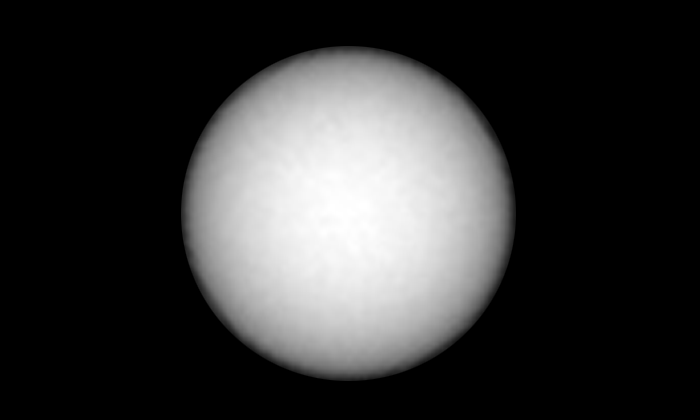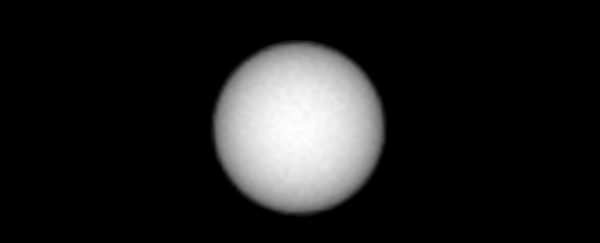Just because the Mars rovers are all the way over on the Red Planet, that doesn't mean they don't get to enjoy a bit of eclipse fun. And with two moons on rapid orbits, Mars sees a lot of eclipses.
Now NASA's Curiosity rover has sent home videos of Martian moons Phobos and Deimos (Fear and Dread, how badass is that) "eclipsing" the Sun.
Technically, they're not full eclipses, since neither moon completely covers the Sun, like the Moon does during total Solar eclipses on Earth (more on that in a moment). An eclipse where the object is completely in front of the Sun, but doesn't cover it, leaving a ring of visible Sun, is instead called an annular eclipse.
There could be a little bit of debate about whether they're even annular eclipses, since they cover so little of the Sun. The events seem sort of halfway between a planetary transit - such as when Venus moves across the face of the Sun - and an annular eclipse.
 Tiny Deimos! (NASA/JPL-Caltech/MSSS)
Tiny Deimos! (NASA/JPL-Caltech/MSSS)
Depending on your vantage point, you stand to observe quite a few. The Moon orbits Earth every 27 days, right? Well, Deimos orbits Mars every 30.3 hours. For Phobos, it's just 7.65 hours.
Opportunity (may she rest in peace) caught six Phobos transits and two Deimos transits in 2004 from the Meridiani Planum. So Curiosity was sent up with special solar filters on its Mastcam specifically for snapping the Sun.
So why don't the moons cover the Sun? Well, that's not just a product of size, but distance. Our Moon is about 400 times smaller than the Sun, but it's also about 400 times closer - so in the Sky that means they appear more or less the same size.
That does vary a little, since the orbits of the Moon around Earth and Earth around the Sun are both elliptical. When the Moon is at its farthest from Earth, it appears a little smaller - that's how we get annular eclipses on Earth. When it's closer to Earth, it appears bigger, and can cover more of the Sun's disc.
This is just a really neat coincidence that we happened to be just in time for - the Moon is actually moving away from Earth at a rate of around 3.82 centimetres (1.5 inches) a year. Another 600 million years and it'll appear too small for total eclipses - if we're around to see them.
The Martian eclipses highlight just how unusual Earth is, but they're also pretty useful for understanding Phobos and Deimos, and their tight orbits around Mars.
"More observations over time help pin down the details of each orbit," said planetary scientist Mark Lemmon of Texas A&M University. "Those orbits change all the time in response to the gravitational pull of Mars, Jupiter or even each Martian moon pulling on the other."
In total, Spirit, Opportunity and Curiosity have collectively observed eight Deimos eclipses, and around 40 from Phobos.
